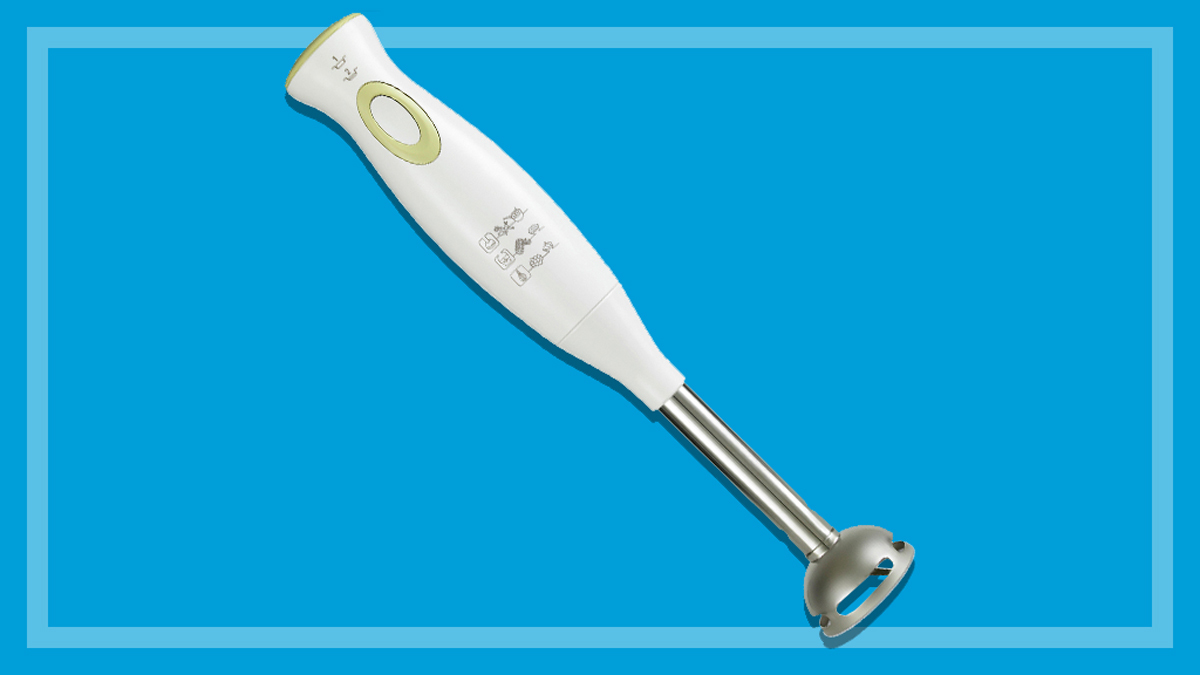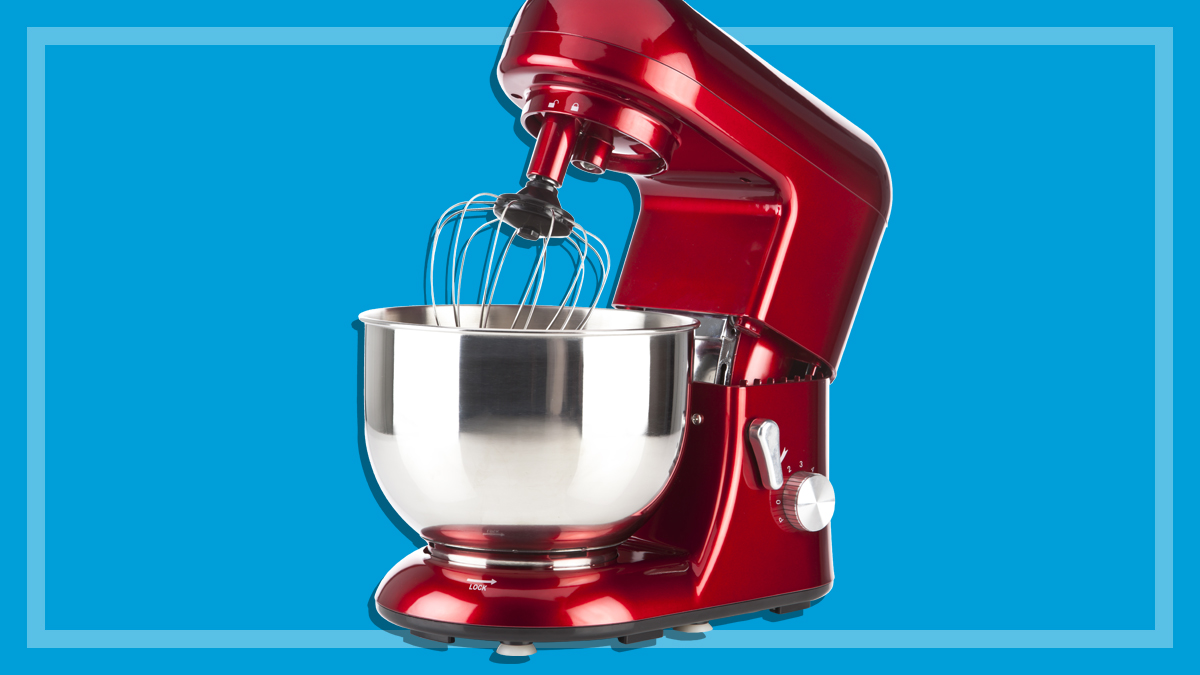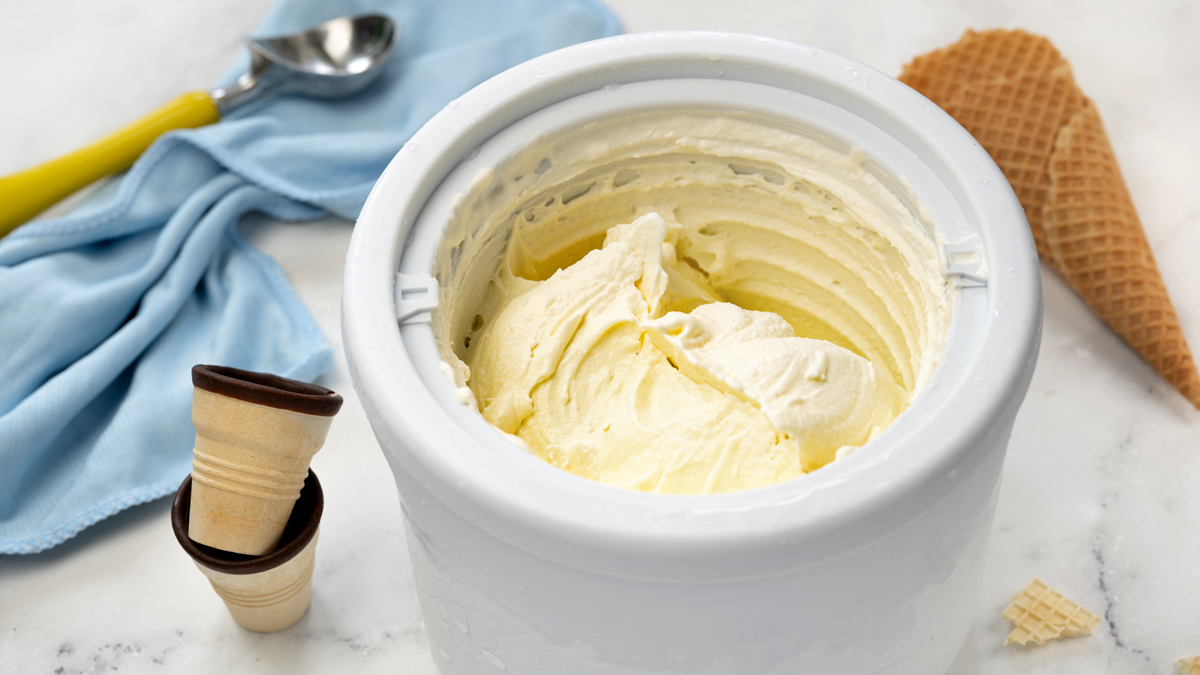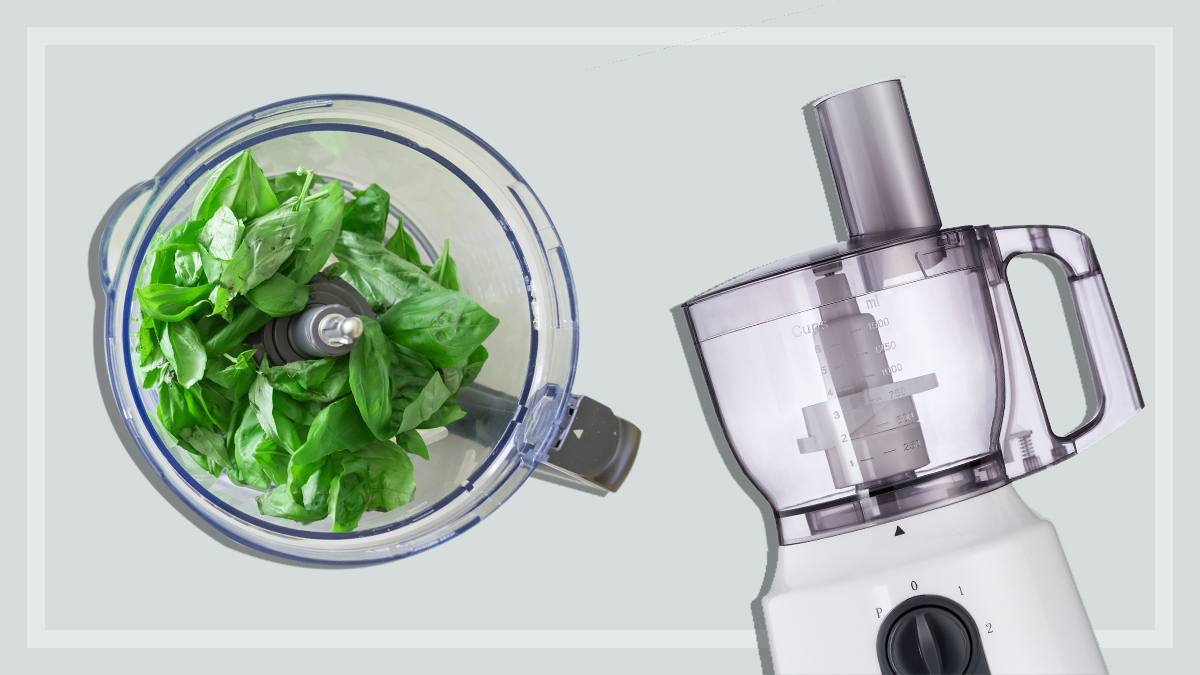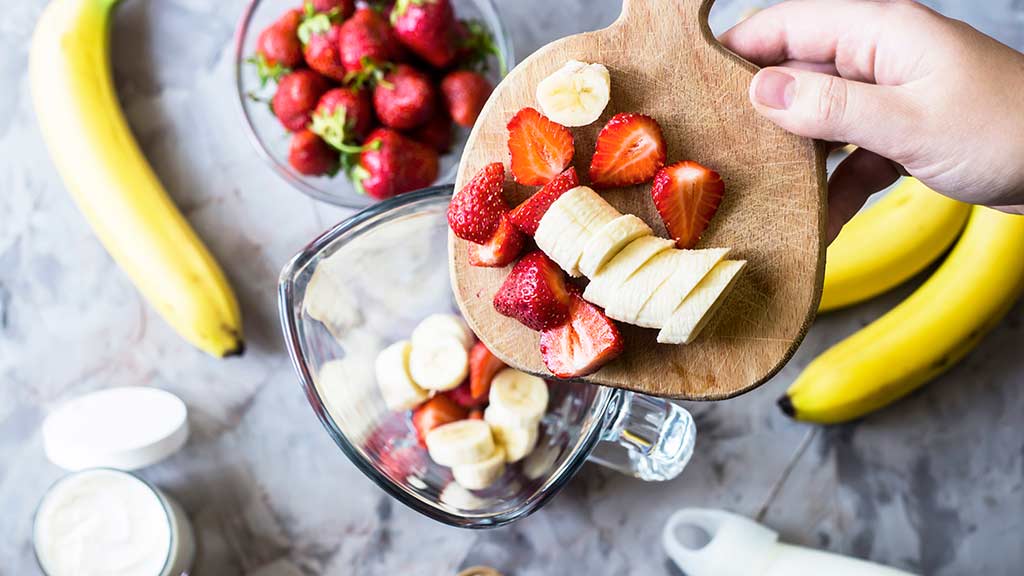Get our independent lab tests, expert reviews and honest advice.
Should you buy a stick blender?
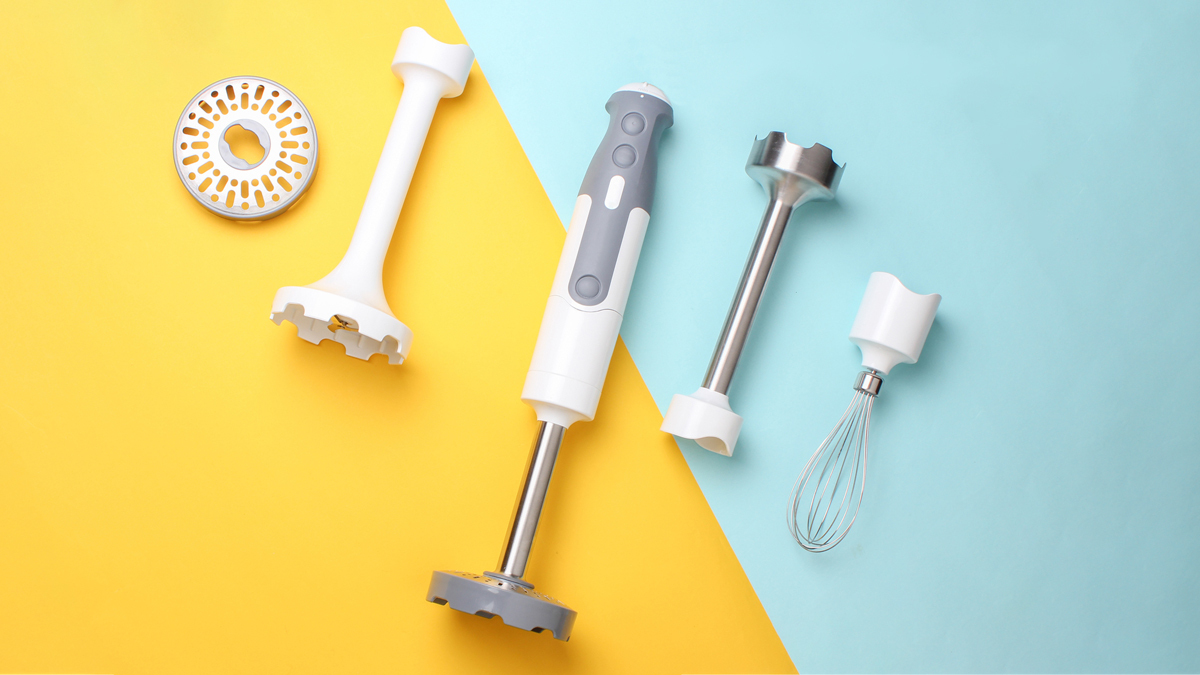
I really like to whizz stuff up. Be it smoothies, soups, ingredients for pesto or salad dressings, fruit for the kids… blending, puréeing or blitzing are kitchen tasks I’d say I do on almost a daily basis. I’m the proud owner of two blenders (one standard, one high performance, of course), a food processor, a mini manual chopper and a stick blender.
Blending, puréeing or blitzing are kitchen tasks I’d say I do on almost a daily basis
Do I need so many appliances to meet my whizzing needs, you ask? Yes, reader, I do. And while there are many other articles here on the CHOICE website that will tell you the differences between a jug blender and a food processor, I’m here to talk to you about the most nifty and versatile of kitchen mates: the stick blender.
It’s a simple stick with lofty purposes, and it has many pros when it comes to your cooking repertoire. But the appliance does have its downsides too, and these are the times when your jug blender or food processor may have to step in.
Pros
Compact, lightweight and portable
Whether this is your first foray into blending or, like me, you already have a jug blender or food processor, an advantage of stick blenders is their compact size.
Although many now come with multiple accessories, they’re essentially just a relatively lightweight stick and a power cord that you can easily stow away in a cupboard – or take with you to your holiday house or workplace to make your daily smoothie. If you have a small kitchen or if space is at a premium, it’s a win.
Great for small quantities
If you have a handful of herbs or a small amount of fruit to chop, it’s not always practical to lug out the giant food processor or a heavy blender. Most stick blenders come with a lightweight jug or beaker, or a grinder attachment, that’s handy for chopping up small quantities of food.
“A large food processor may struggle to handle smaller amounts of nuts, or herbs and spices,” says CHOICE kitchen expert Fiona Mair. “This is where a stick blender with a grinder or jug attachment comes in handy.”
Easy to use and clean, plus less washing up!
A single stick and an accessory or two are much easier to clean than a bulky food processor or even a blender jug. Plus, because you can purée, whip or emulsify ingredients directly (such as blending soup or baby food in a saucepan), you won’t need to transfer from one bowl to another – which cuts down on all that washing up.
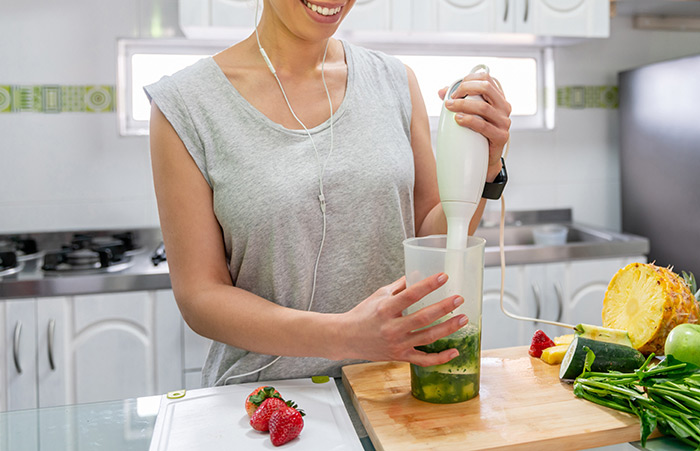
Cheap
Yes, there are certainly high-end stick blenders that come with fancy attachments that cost up to $250–300 or more, but you can still pick up a decent stick blender for about $100 (or even cheaper). With prices for blenders or food processors generally much higher, stick blenders are an economical choice for your blitzing needs.
They often come with multiple accessories
Depending on the price or brand, many stick blenders come with multiple accessories that extend their versatility. Most come with a jug or beaker as standard, but others may include a chopper blade and bowl attachment, and a whisk or blade guards to protect the bottom of your saucepan while you’re blending.
Cons
Not as powerful and can’t do everything
I’m realistic about the limitations of my treasured stick blender – those little blades can only do so much. Although a hand blender is excellent for puréeing softened meat or vegetables in a soup (directly in the pot), for example, it’s not the right tool if you need to crush ice, large nuts or blend fibrous veg or fruits. Stick blenders are best for small quantities and may operate only for short periods before overheating.
Not hands-free
Unlike a jug blender or food processor, a stick blender requires you to hold it and manoeuvre it yourself, while keeping a button pressed down (rather than pressing a button or turning a dial just once). To make sure you end up with a stick blender that’s easy to use, look for a model you can comfortably hold – perhaps with a non-slip rubber grip – while pressing the button at the same time.
Cheaper models may not last as long
As with any appliance, cheaper stick blenders (which you can pick up for as little as $12) may not last as long as better quality appliances that could even be repaired if something goes wrong.
Fiona says, “You don’t need to spend big on a stick blender, as even the cheapest will blend the basics. But you may want to dish out a bit more if you want a quality product that will go the distance.”
They can be unsafe
Stick blenders can be unsafe because they have an exposed blade. Although they do have a safety guard around the blade, it’s still exposed at the base of the stick and, with your hand on the trigger, it’s easy to turn on accidentally. To stay as safe as possible, always turn off the appliance at the power point when it’s not in use, when cleaning it, or if food gets jammed in the blade.

